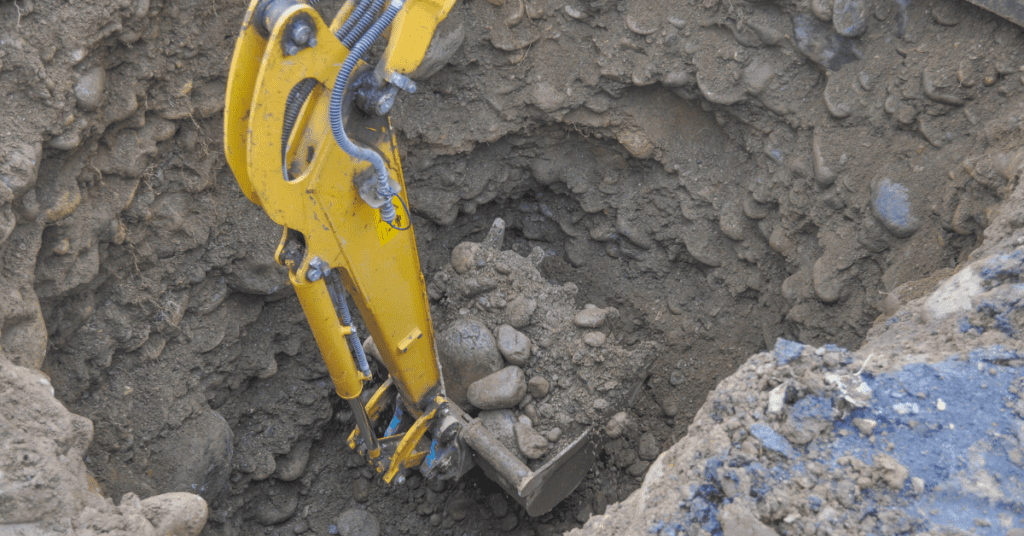

Construction sites are busy hubs of activities, requiring various levels of management processes for success. Here we’ll look at how you can improve your site operations and give your team more time to focus on delivering better results.
Before we delve into strategies, what is site management? As the name suggests, site management involves supervising and optimizing the activities and resources of a construction site and project.
On-site construction management involves managing the workforce, ensuring adherence to safety and quality standards, scheduling tasks, and resolving any site-specific challenges to keep the project on track.
A construction site manager is responsible for directly supervising and coordinating the day-to-day activities and operations at the construction site. They act as the primary point of contact for workers and often liaise with stakeholders to provide updates and ensure project alignment with overall goals.
Each job site will require its own management team to help complete the project successfully.
Construction site management involves the comprehensive planning, coordination, and supervision of a construction site, ensuring that workers, equipment and processes meet regulatory requirements and all work together to complete the project.
Proper planning and organization on a job site minimizes accidents and reduces risks to safeguard workers, machinery, and resources. Job site accidents and equipment theft are major threats to any construction site, often resulting in major delays — effective planning can avoid these pitfalls before they happen.

Without proper site management, a project can struggle to get off the ground and stay on track, impacting a company’s reputation and client satisfaction.
Effective site management enhances the quality of the work by ensuring that materials and techniques meet necessary specifications. It also ensures compliance with local and national regulations, preventing potential legal issues and project delays.
Additionally, efficient management makes sure resources and machines are allocated in the best way possible, reducing waste and ensuring projects are completed within budget and on schedule.
Here are our top 7 site management techniques you can implement on your job site:
Safety is paramount on construction sites. To keep your workers safe, go above and beyond with your policies:
By going beyond compliance and embedding safety into the core of your construction site management practices, you protect your workforce and your machines and enhance overall site efficiency at the same time.
Document all necessary information, as this will help you to:
Learn from the past. Let historical data from previous projects inform your future decisions. Analyze past problems and outcomes to gather information about what was good and what went wrong.
This will reveal successful approaches and areas needing improvement. Past data can improve your problem-solving strategies and boost overall efficiency by reducing the likelihood of repeated mistakes.
Create a detailed workflow plan that breaks down each process into actionable steps, assigning tasks to specific team members, and setting timelines for completion.
Gantt charts or digital project management software can visualize the sequence of activities. This structured approach enhances site organization by clarifying responsibilities, preventing overlaps or gaps in the workflow, and ensuring a seamless progression of the project from start to finish.
Communication is a keystone for success, especially on a construction site. Designate platforms for regular team meetings, instant messaging (if needed), and centralized software to enhance collaboration.
Easier communication fosters a more transparent environment where information flows freely, improving collaboration and productivity.
Clear communication helps resolve operational issues quickly, leading to smoother workflows and increased efficiency. By keeping everyone on the same page, improved communication can help boost overall site success.
Setting clear standards for each stage of the construction process with measurable criteria for each task. This includes specifying materials, acceptable tolerances, and execution methods, ensuring consistency, accountability, and adherence to customer expectations and industry regulations.
How to integrate better quality control:
Construction site management software centralizes project information, offering real-time updates on progress, resource allocation, and potential delays. With effective software, teams can streamline their communications to avoid misunderstandings and keep everyone on the same page with centralized data.
Software can also offer detailed data analytics and reporting features, helping managers to make data-driven decisions for current and future projects. It can support compliance with safety and quality standards by providing easy access to checklists, documentation, and audit history.
Trackunit offers comprehensive software and hardware solutions that provide fleet and site managers with real-time data and equipment monitoring to eliminate downtime, maximize productivity, and promote job site security.
Using GPS-powered telematics tracking, Trackunit Manager gives site and fleet managers a comprehensive overview of their entire fleet to easily keep track of which machines are being used on a job site, how they’re used and where. Managers managing equipment across multiple job sites can ensure equipment is being allocated effectively.
Location tracking and geofencing features also help managers keep tabs on their machines during off-hours to reduce the impact of theft and vandalism. Get instant smart alerts once your machinery moves outside a designated zone to easily recover your equipment.
Trackunit Go is a portable management solution that gives you access to real-time machine data on your smart device so you can get live engine diagnostics from anywhere. Preventative maintenance data from CAN bus feeds means you’ll know which vehicles need maintenance ahead of time, helping you instantly schedule repair appointments and eliminate downtime at the click of a button.

Use Trackunit On as a digital access key for enhanced asset security so only authorized employees and users can start up machines. Choose who has access to your equipment for more control over your job site.
Automate your processes and secure your construction site with the Trackunit. To learn more about our products and how it can improve your construction site management, request a consultation today.
A construction manager (project manager) is responsible for overseeing the entire project from the beginning to end. Site managers on other hand supervise a site’s day-to-day operations, including staff, resources, and activities to support the project manager.
The five principles of construction management are:
Poor management affects every aspect of a team and project. Three major results of bad management are major project delays, budget overruns or financial issues and safety hazards. Each of the following can be prevented (or at least significantly reduced) with effective management and proper planning.
The three main pillars of construction management are cost, quality and time. Each of these has to be balanced properly in order to successfully complete a construction project.
Never miss an insight. We’ll email you when new articles are published on this topic.

